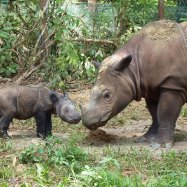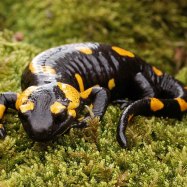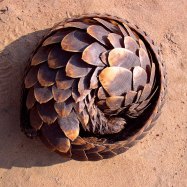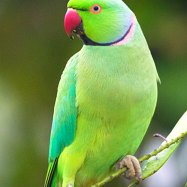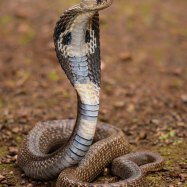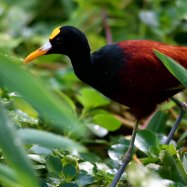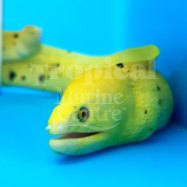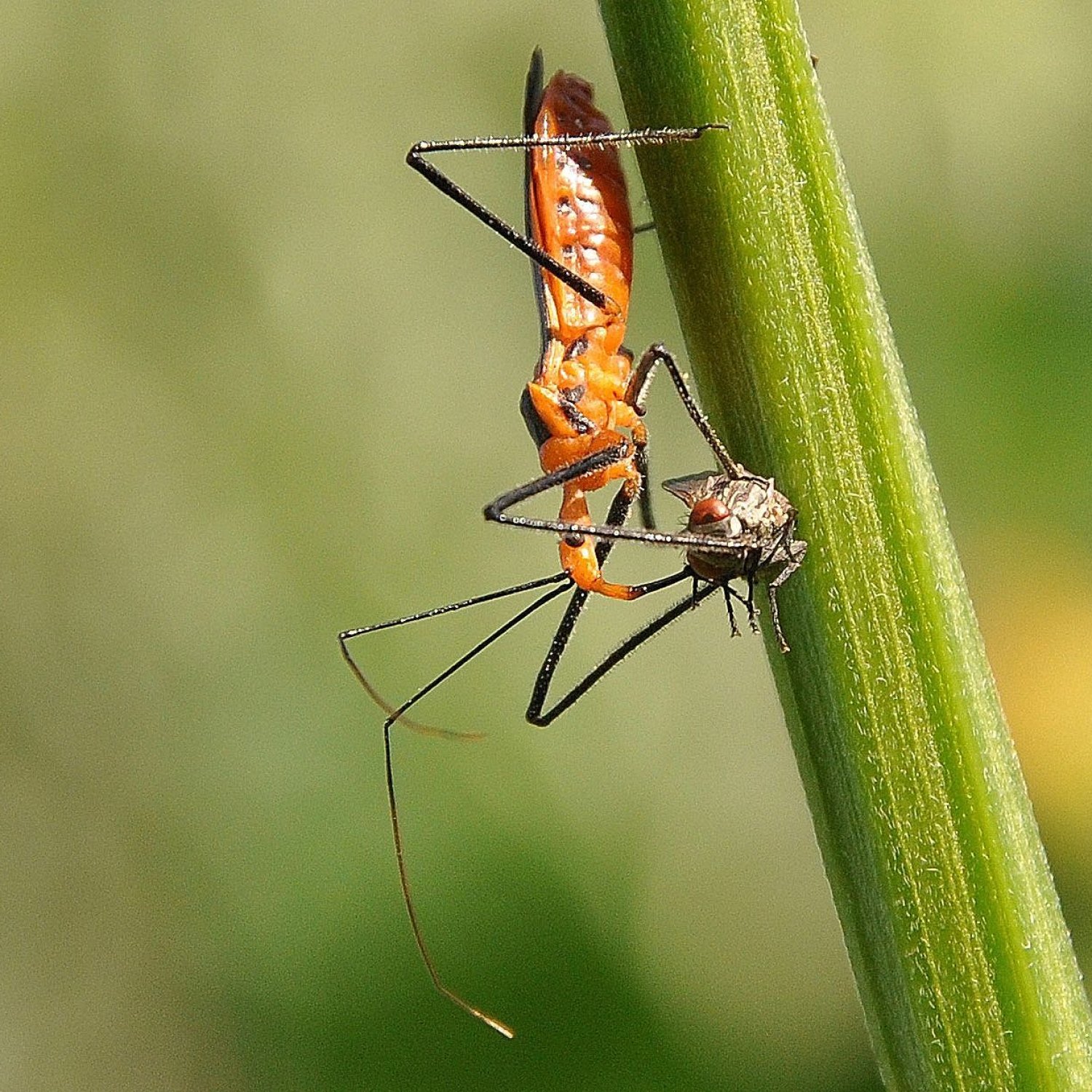
Assassin Bug
Assassin bugs range in size from 0.3 to 2 inches (0.8 to 5 cm) in length.
Assassin bugs may sound scary, but these bugs are actually beneficial for controlling pests in your garden. Ranging from 0.3 to 2 inches in length, these bugs can be found worldwide. With their long, narrow bodies and hooked beaks, they belong to the Reduviidae family. Embrace these stealthy hunters and keep your garden free of unwanted insects! #AssassinBugs #BeneficialBugs #GardeningTips
Animal Details Summary:
Common Name: Assassin Bug
Kingdom: Animalia
Habitat: Assassin bugs can be found in diverse habitats including forests, grasslands, deserts, and urban areas.
The Deadly and Mysterious World of Assassin Bugs
Nature is full of fascinating creatures, each with its own unique characteristics and ways of survival. Among the vast kingdom of animals, there is one group that stands out for their stealth and deadly tactics - the assassin bugs. These small but deadly insects may seem unassuming at first glance, but they are one of the most formidable predators in the insect world. Let's uncover the mysterious world of assassin bugs and explore what makes them such a powerful and intriguing species Assassin Bug.Assassin bugs belong to the family Reduviidae, which is derived from the Latin word "reduviid," meaning hangnail. This is a fitting name as assassin bugs have a distinctive hook-shaped beak that they use to capture and kill their prey. They also have a joint on their thorax that allows them to fold their front legs in a praying mantis-like position, ready to strike at any moment.
A Worldwide Distribution
Assassin bugs can be found all over the world, with the exception of Antarctica. They are a cosmopolitan species, meaning they can thrive in a variety of habitats. These include forests, grasslands, deserts, and even urban areas. With their adaptable nature, assassin bugs have managed to establish a presence in many countries around the globe, making them a truly global insect.A Deadly Feeding Method
As their name suggests, assassin bugs are skilled predators, with a unique and deadly feeding method. They typically feed on other insects, including mosquitoes, flies, and caterpillars African Fish Eagle. The way they catch and consume their prey is quite fascinating. Assassin bugs use their hooked beak to inject a toxin into their victim, which paralyzes it and turns its insides into a liquid that the bugs can then drink up like a smoothie. This process, known as "extraoral digestion," allows the assassin bug to absorb all the nutrients and energy from its prey, making it an incredibly efficient predator.A Diverse Range of Colors
One of the most intriguing features of assassin bugs is their coloration. They come in a variety of colors, including brown, black, green, and red. This diverse range of colors serves a significant purpose in their survival. Depending on their habitat, assassin bugs can have camouflage that helps them blend in with their surroundings. For instance, those living in the forest may have brown or green coloration, while those in urban areas can have a dark or black color to help them blend in with the concrete. This ability to adapt their appearance to their environment makes them skilled hunters and adds to their mystique.A Unique Body Shape
Another striking feature of assassin bugs is their body shape. They have a long and narrow body with a distinct neck, giving them an almost alien-like appearance. This unique shape helps them hide in their environments and makes them difficult to spot. Additionally, their elongated bodies and narrow necks allow them to reach their prey more easily.A Powerful Weapon in Their Beak
Assassin bugs are commonly known for their hooked beak, but there is more to this weapon than meets the eye. The beak of an assassin bug is more like a two-part structure, with a sharp and pointed tip for piercing and a hollow tube for sucking up their prey's bodily fluids. This incredible weapon is similar to a syringe, making it highly effective in their hunting endeavors.A Range of Sizes
Assassin bugs come in various sizes, ranging from 0.3 to 2 inches (0.8 to 5 cm) in length. Some species may be smaller, while others can grow to be much larger. The variation in size allows them to hunt and prey on a diverse range of animals and make them suitable for different environments.Members of the Hemiptera Order
Assassin bugs belong to the order Hemiptera, which includes other common bugs like stink bugs, cicadas, and bed bugs. This order is characterized by their piercing and sucking mouthparts, which they use to extract fluids from plants or other animals. However, assassin bugs are the only ones in this order that are true predators, making them stand out among their fellow Hemipterans.Beneficial to Humans
While assassin bugs may seem like terrifying predators, they can actually benefit humans in many ways. Their prey includes pests like mosquitoes and flies, making them natural pest controllers. They are also used in biological control, where they are introduced to agricultural fields to control pests without the use of harmful chemicals. Additionally, some species are being researched for their potential use in antibiotic and medicinal treatments.A Warning for Humans
While assassin bugs may provide benefits to humans, they can also pose a danger. Some species of assassin bugs carry a parasite known as Trypanosoma cruzi, which can cause Chagas disease in humans. This disease affects millions of people worldwide and can lead to serious health complications if left untreated. Therefore, it is essential to avoid handling assassin bugs and take precautions when encountering them in the wild.The True Killers of the Insect World
Insects are often seen as fragile and insignificant, but assassin bugs prove that looks can be deceiving. With their stealth, unique features, and deadly feeding methods, they are the true killers of the insect world. Their global presence, diverse coloration, and adaptable nature make them one of the most fascinating and mysterious species on our planet. In a world filled with larger and more prominent creatures, it's incredible to see how something as small as an assassin bug can make such an impact.

Assassin Bug
Animal Details Assassin Bug - Scientific Name: Reduviidae
- Category: Animals A
- Scientific Name: Reduviidae
- Common Name: Assassin Bug
- Kingdom: Animalia
- Phylum: Arthropoda
- Class: Insecta
- Order: Hemiptera
- Family: Reduviidae
- Habitat: Assassin bugs can be found in diverse habitats including forests, grasslands, deserts, and urban areas.
- Feeding Method: They are predatory insects that feed on other insects, including mosquitoes, flies, and caterpillars.
- Geographical Distribution: Assassin bugs are found worldwide, except in Antarctica.
- Country of Origin: Assassin bugs are found in various countries around the world.
- Location: They can be found in North America, South America, Europe, Africa, Asia, and Australia.
- Animal Coloration: Assassin bugs come in a variety of colors including brown, black, green, and red.
- Body Shape: They have a long and narrow body, with a distinct neck and a hooked beak.
- Length: Assassin bugs range in size from 0.3 to 2 inches (0.8 to 5 cm) in length.
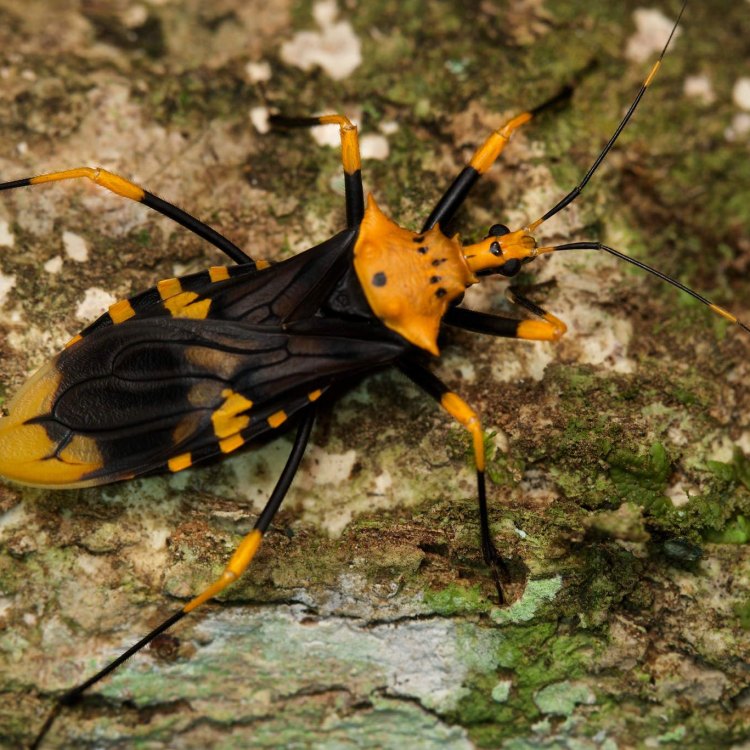
Assassin Bug
- Adult Size: The adult size of assassin bugs varies depending on the species.
- Average Lifespan: The average lifespan of assassin bugs ranges from a few months to a couple of years.
- Reproduction: Assassin bugs reproduce sexually.
- Reproductive Behavior: After mating, the female assassin bug lays eggs on plants or in the soil.
- Sound or Call: Assassin bugs do not produce any sound or call.
- Migration Pattern: Assassin bugs do not have a specific migration pattern.
- Social Groups: Assassin bugs are solitary insects and do not form social groups.
- Behavior: They are nocturnal predators and are known for their stealthy hunting behavior.
- Threats: Assassin bugs face threats from habitat loss, insecticides, and climate change.
- Conservation Status: The conservation status of assassin bugs varies depending on the species.
- Impact on Ecosystem: Assassin bugs play an important role in controlling pest populations in their habitats.
- Human Use: Assassin bugs are not commonly used by humans.
- Distinctive Features: They have a long proboscis-like mouthpart called a rostrum, which they use to inject saliva into their prey.
- Interesting Facts: 1. Assassin bugs are considered beneficial insects because they help control pest populations. 2. Some species of assassin bugs are known for their painful bites. 3. Assassin bugs are equipped with a venomous bite that helps them subdue their prey.
- Predator: Assassin bugs are predators that feed on other insects.
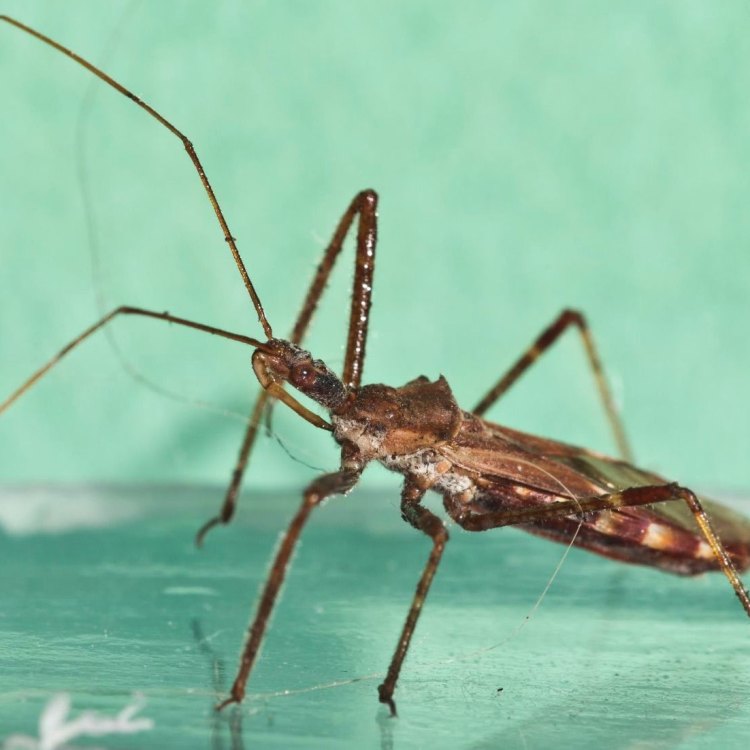
Reduviidae
The Stealthy Assassin Bug: An Unsung Hero of Pest Control
The world of insects is vast and diverse, with over a million known species. Some are loved and revered, while others are feared and despised. Among these diverse creatures, the assassin bug stands out for its unique features and behavior. These small, elusive predators are the subject of fascination and admiration for insect enthusiasts and researchers alike PeaceOfAnimals.Com. In this article, we will explore the world of assassin bugs, their distinctive features, behavior, and their role in the ecosystem.Size and Lifespan
Assassin bugs, also known as the lone star bugs, are found in different parts of the world, except Antarctica. The adult size of assassin bugs varies depending on the species, ranging from a few millimeters to a few centimeters. Some of the smallest species can easily fit on a pinhead, while others can grow up to an inch in length. Despite their small size, these insects can pack a powerful punch with their stealthy hunting skills.
The average lifespan of assassin bugs ranges from a few months to a couple of years. However, the exact lifespan of these fascinating creatures cannot be determined as it varies depending on their natural habitat, diet, and environmental conditions. Some species of assassin bugs have been known to live up to five years in captivity, while others may not survive for more than a few months in the wild.
Reproduction and Reproductive Behavior
Like most insects, assassin bugs reproduce sexually Arapaima. After mating, the female assassin bug lays eggs on plants or in the soil. The eggs hatch into nymphs, which eventually grow into adult bugs. Assassin bugs go through incomplete metamorphosis, meaning their young ones resemble the adult form and do not go through a pupal stage like other insects.
One interesting fact about the reproductive behavior of assassin bugs is that some species exhibit a unique form of sexual cannibalism. During mating, the female assassin bug may devour the male to gain nutrients for egg development. This behavior is thought to increase the chances of successful reproduction by providing the female with essential nutrients.
Sound or Call
While many insects produce sounds to communicate with each other, assassin bugs are the silent hunters of the insect world. They do not produce any sound or call. Instead, they rely on their stealth and camouflage to sneak up on their prey.
Migration Pattern and Social Groups
Assassin bugs do not have a specific migration pattern. They are mostly found in tropical and temperate regions, where they live in various habitats such as forests, grasslands, and even urban areas. These solitary insects do not form social groups and prefer to be on their own. However, some species may live in groups during their early nymph stages to ensure survival.
Behavior and Threats
Assassin bugs are nocturnal predators and are known for their stealthy hunting behavior. They are equipped with a long, proboscis-like mouthpart called a rostrum, which they use to inject saliva into their prey. The saliva contains enzymes that immobilize the prey and break down its tissues, making it easier for the assassin bug to suck out the nutrients.
These cunning hunters often disguise themselves as twigs, leaves, or flower petals to blend in with their surroundings. They also use this camouflage to ambush their prey, making them hard to spot and catch. Assassin bugs feed on a variety of insects, including flies, beetles, and even other assassin bugs.
However, like many other insects, assassin bugs are also facing threats from habitat loss, insecticides, and climate change. These factors not only affect their natural habitat but also disrupt their food sources. As a result, their population is declining in many regions, highlighting the need for conservation efforts to protect these essential predators.
Conservation Status and Impact on Ecosystem
The conservation status of assassin bugs varies depending on the species. While some species are widespread and not considered threatened, others are facing extinction due to the destruction of their natural habitats. One species, the Kissing Bug, is considered a serious threat to human health as it can carry and transmit deadly diseases.
Assassin bugs play an important role in controlling pest populations in their habitats. They are considered beneficial insects, and their presence is crucial to maintaining the balance of the ecosystem. Without these natural predators, pest populations could quickly multiply and cause significant damage to crops and other plants, affecting agricultural and ecological systems.
Human Use and Distinctive Features
Assassin bugs are not commonly used by humans, unlike other beneficial insects such as bees or ladybugs. However, they hold great potential for biological pest control, and some species are being studied for their potential use in agriculture. More research and development in this area could lead to the use of assassin bugs in a safe and sustainable way to manage pest populations.
One of the most distinctive features of assassin bugs is their long, proboscis-like mouthparts. These mouthparts are specialized to pierce and inject their prey with saliva. Some species also have a highly developed venom that helps them subdue larger prey or defend themselves from predators.
Interesting Facts
1. Assassin bugs are considered beneficial insects because they help control pest populations. Their presence in gardens and crops can reduce the need for harmful chemical pesticides.
2. Some species of assassin bugs are known for their painful bites. The bite of a wheel bug, a species found in North America, has been compared to a bee sting and can cause swelling and redness.
3. Assassin bugs are equipped with a venomous bite that helps them subdue their prey. However, most species are not a threat to humans, and their bites are rarely dangerous.
In Conclusion
Assassin bugs may not be as well-known as other insects, but these small predators play a crucial role in maintaining the balance of the ecosystem. With their unique features and behavior, they have captured the attention of researchers and entomologists around the world. It is essential to protect and conserve these beneficial and fascinating insects for the sake of our environment and its inhabitants. So, the next time you spot an assassin bug, remember that it is not just a bug, but a stealthy predator that helps keep our ecosystem in check.
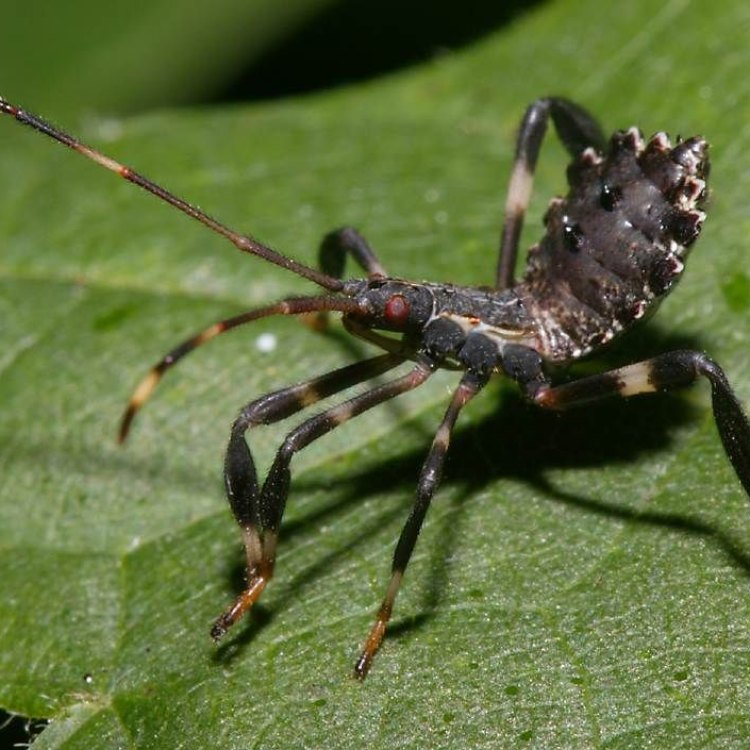
The Deadly and Mysterious World of Assassin Bugs
Disclaimer: The content provided is for informational purposes only. We cannot guarantee the accuracy of the information on this page 100%. All information provided here may change without prior notice.

